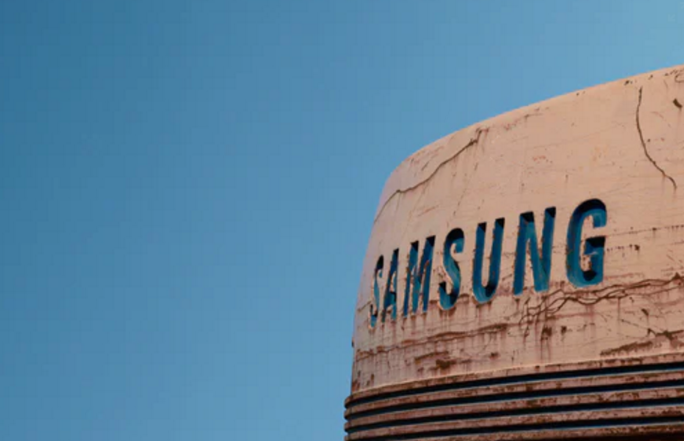Author:Xia Xiaodou
Compile:Azure
Source:GPLP
“Samsung will rise with 5G!” Quan Guixian, President of Samsung Electronics in China, expressed his confidence at the launch of the Galaxy Note10 series in August 2019.
It also shows Samsung’s dilemma in China.
Samsung’s shipments have been the highest for seven consecutive years in the global mobile phone market. According to Gartner’s data, Samsung shipped 296 million units in 2019 with a market share of 19.2%, still surpassing Huawei’s 15.6% and Apple’s 12.6%.
But Samsung fell in China.
In recent years, the world’s largest mobile phone has repeatedly hit a wall in the Chinese market, and sales have continued to shrink. Samsung’s domestic market share fell to less than 1% in 2019 after reaching a peak of 19.7% in 2013.
This is largely because Samsung missed out on the golden days of China’s 4G era. In 2014, when 4G was being used in China, Samsung stalled and missed the opportunity but to focus on 3G market. It was also around that time that Huawei、Xiaomi、Oppo、Vivo and Apple became the dominant five companies in Chinese market.
With the advent of 5G era, the mobile phone market in China is increasingly competitive. According to GPLP.cn, Samsung wants to return to its former scenery in China with its affordable a-series 5G phones.
In fact, earlier this year, Samsung has launched its flagship S20 series of phones, which are equipped with Snapdragon 865 processor, in an attempt to grab a piece of the Chinese 5G market. The S20 legal channels starts at 6,999 yuan and the S20 Ultra costs 9,999 yuan. The high price makes many consumers stop. This month, Samsung also released the Galaxy A71 5G with its own Exynos 980 processor, priced at 3,399 yuan, for the mid-tier market. The S20 Ultra scored 122 overall, while the Galaxy A71 scored 84, according to an analysis by DXOMARK, a leading mobile testing agency.
However, it is not so easy for Samsung to rise with 5G.
For samsung’s performance, even many old users are suspicious: despite the invincible texture, there are “poor heat”, “poor game experience”, “paint”, “general
system” and other problems.
How does such a Samsung to defeat Huawei, which has established a high-end brand in the Chinese market and has inherent advantages in 5G research and development?
According to Gartner, Huawei’s market share in China grew by 37% in 2019, meaning it could disrupt Samsung’s “5G rise”.
Compared with samsung’s S20 series, Huawei’s P40 starts at 4,188 yuan and is equipped with Kirin 990 5G processor and a 50-megapixel three-camera system with a 6.1-inch straight screen. In the market of medium and low end models, Huawei recently launched nova 7, which features “strong selfie strength, unique design aesthetics and strong comprehensive performance, costs 2,999 yuan.
So doesn’t Huawei better to consumers?
Moreover, like Samsung S20 Ultra which sells 9999 yuan, domestic phones with Snapdragon 865 processor, whether OPPO Ace 2, mi 10, or VIVO IQOO3, all sell for less than 4,000 yuan.
For the same price, consumer can buy a domestic flagship phone, but at Samsung, you can only buy a mid-tier phone.
In the face of such a high cost of domestic goods, why consumers detour to buy Samsung?
In the era of 5G, Samsung’s determination is obvious, but will it be able to overtake on the curve and rise again in the Chinese market? GPLP will continue to follow.